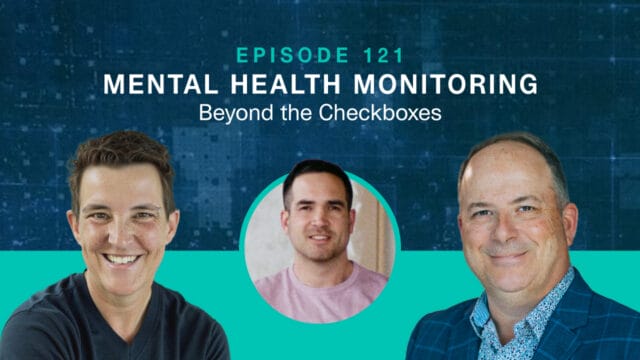
Holiday Bonus Episode: Safety Tips You Need This Season | Risk Matrix Episode 122
THE RISK MATRIX Cutting-edge podcast on occupational safety and risk management. Hosted by industry titans: JAMES JUNKIN, MS, CSP, MSP,…
Runway repair often forces airports to deviate from their standard taxi patterns, and safety teams must follow specific steps to boost runway safety and safeguard their workers on the ground.

Airports typically follow a set procedure, and runway repair often forces a standard and familiar taxi pattern to deviate from its norm. In that case, the airport introduces risk not only to crew and passengers but to contractors as well. However, if they follow the specific steps, airports can boost runway safety by minimizing construction-related risks and helping protect workers on the airfield.
This article discusses steps all airports should consider when designing that program.
Rehabilitating runways is the single highest capital expense for domestic airports.
However, despite the cost, ongoing runway maintenance is critical. On average, a complete pavement makeover takes place over 15 years, and if airports do not perform these periodic minor repairs, each larger construction project will be significantly more costly.
Ongoing construction requires diligence and adherence to a process that promotes health and safety for those working on the ground during peak and overnight hours.
Federal guidelines for temporary runway construction are minimal, and following best practices requires a thoughtful interpretation of FAA guidelines and field-tested expertise.
That said, three considerations to always keep in mind to promote runway safety during runway construction are as follows:
Temporary Signs and Indicators
On the airfield, poorly defined guidance signs can quickly lead to confusion, and confusion can lead to ground crew danger. These risks amplify in an ever-changing airport where temporary runways or taxiways coexist with the primary ones.
Airport safety teams can foster situational awareness by placing the appropriate signage in visible locations in and around the construction area indicating that runways are:
These signs and indicators can also come in several forms, including:
Furthermore, temporary wiring techniques can be used for sign illumination lightings, such as direct buried or surface-mounted wiring.
Airfield Ground Lighting (AGL)
Airfields might require fewer lighting fixtures when using a temporarily modified runway. However, those runways must include FAA-required airfield ground lighting (AGL) systems as long-term fixtures.
Airports can deactivate lights for the touchdown zone and centerline of the runway, but they must employ the minimum lighting required for nighttime landing, which includes the following:
The construction project’s length and aircraft activity level will determine the lighting needed.
NAVAIDS
Adapting to brief variations in air traffic is challenging because many airport navigational aids (NAVAIDS) reflect a predetermined distance.
As such, the FAA requires that airports remove these NAVAIDS (rather than run the risk of confusion) and divert traffic to alternative runways on days with low visibility.
Removed NAVAIDS typically includes:
Airports must also consider their operational and security requirements, necessitating proper planning since the mandatory closing or changing of runways can negatively affect daily operating revenue.
Extended closures or reconfigurations risk lowering the amount of handled cargo and restricting the number of flights. Airports must consider these indirect expenses when creating a life cycle cost analysis.
Minimizing the proverbial cash bleeding requires taking steps to maximize traffic within restricted parameters. Those steps should include the following:
Once the safety team properly labels and communicates construction areas and closed and temporary runways, and the airport determines the optimal modified flight schedule, the next step is determining when and where contractors will be working.
Safety teams often break reconstruction into three types as follows:
A critical factor in runway rehabilitation is protecting internal and third-party personnel. And one of the most challenging (but essential) issues facing airports is following steps that satisfy the operational requirements of airports and airlines while preserving runway safety.
However, your runway is only as safe as the contractors you hire, and you need to invest in the industry’s best technologies that can help you properly vet, train, and document third parties you hire to work onsite.


THE RISK MATRIX Cutting-edge podcast on occupational safety and risk management. Hosted by industry titans: JAMES JUNKIN, MS, CSP, MSP,…

THE RISK MATRIX Cutting-edge podcast on occupational safety and risk management. Hosted by industry titans: JAMES JUNKIN, MS, CSP, MSP,…
We’ll send you practical and insightful supply chain risk management info that can benefit your business. Plus, important company updates that keep you in the loop.
